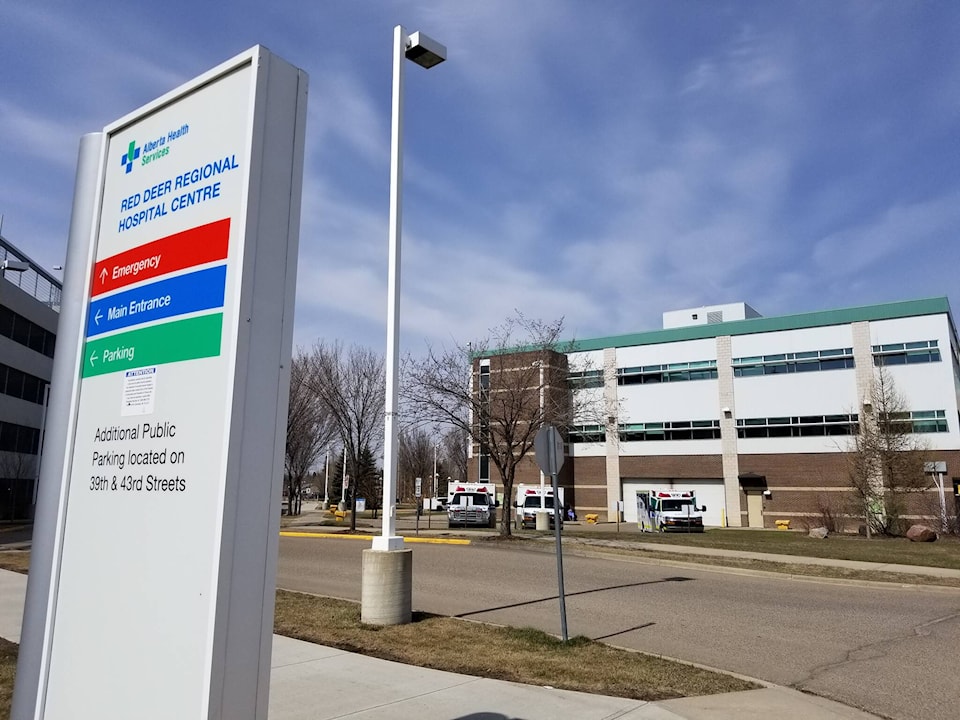Waits are shorter for ambulances, emergency care and surgery, plus there are more front-line healthcare workers on the job, according to the latest update from the province.
In November, the Alberta Government announced its Health Care Action Plan to reform Alberta Health Services (AHS) and make improvements in these four priority areas.
“We embarked on some really ambitious plans to make meaningful changes to our health care system. And it’s working. I’m thrilled to see response times and wait times are already trending in the right direction,” said Premier Danielle Smith, in a statement Wednesday.
But Chris Gallaway, executive director of Friends of Medicare, said struggles continue at Red Deer Regional Hospital Centre.
“Talk to any health care worker. They’re short-staffed. The ER is a concern. Ambulances are still a concern,” Gallaway said.
“Red Deer hospital serves one of the biggest populations in the province. It’s the only major hospital in the whole central region. We’ve seen facility closures throughout the central region so there’s even more pressure on the hospital.”
Related:
Red Deer ambulances to stop transferring non-urgent patients, Red Deer city council hears
The province says Alberta has more doctors, nurses, paramedics, nurse practitioners and other allied health professionals. About 1,100 more nursing staff have been hired since Jan. 1, 2022, including 85 per cent of all registered nurses who graduated in Alberta in 2022-2023.
But Gallaway said workers he talks to are exhausted, still forced to work overtime.
“They’re seeing these messages from the government about new workers and say — where are they?
“People are really looking for solutions, not press releases, claiming everything is great now.”
AHS says it hired 457 new EMS staff members in 2022, including 341 paramedics, and a new inter-facility transfer program is putting 10 new ambulances on the road in AHS Central Zone to support the transfer of stable patients with non-urgent conditions between facilities.
Gallaway said the user-pay, inter-facility transfer program is a way to allow more privatization of health care and make it look like government is addressing the problem. The paramedic’s union has been calling for full-time employment with sick days and benefits instead of short-term contracts.
“The government still hasn’t moved on that while talking about recruiting paramedics from Australia.”
Related:
Society for Hospital Expansion in Central Alberta to host public rally on May 6
The province says more ambulances are staying in their home communities with the 45-minute Canadian standard target for emergency department patient handover, handing over non-urgent calls from 911 to 811/Health Link when appropriate, and inter-facility transfers.
Emergency department wait times are coming down and more Albertans are being transferred to the appropriate care settings faster which free up emergency department spaces as well as hospital beds, according to the province.
The province also says 25 per cent fewer Albertans are currently waiting longer than clinically recommended for surgeries. In the 2022-23 fiscal year, 10 per cent more cancer surgeries were done compared to before the pandemic.
“We are seeing improvement across all priority areas. This is having an immediate impact on Albertans across the province who need and deserve timely access to care,” said Health Minister Jason Copping.
szielinski@reddeeradvocate.com
Like us on Facebook and follow us on Twitter
